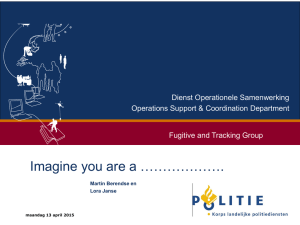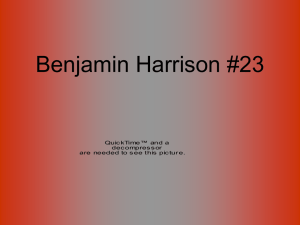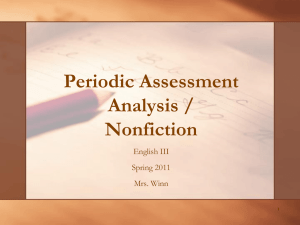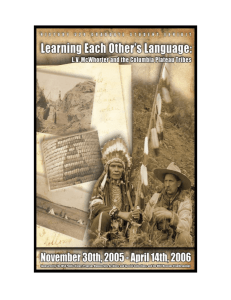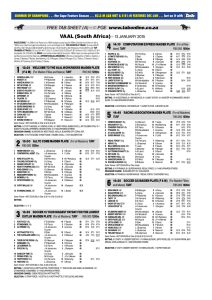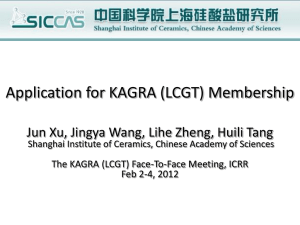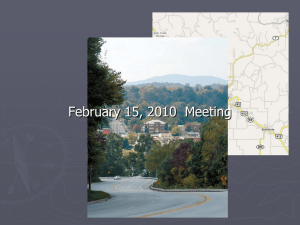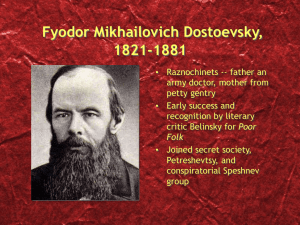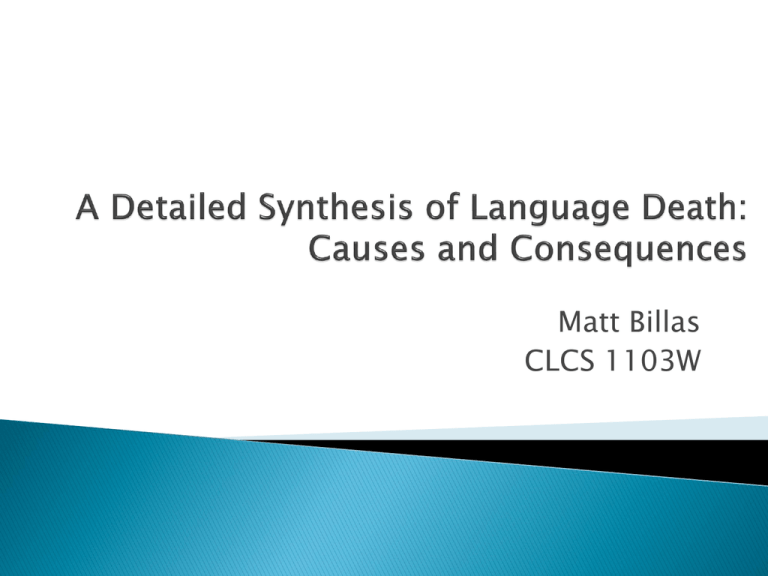
Matt Billas
CLCS 1103W
Over Past 500 Years:
◦ ½ of the world’s languages have disappeared
(Janse)
Of 7,000 Languages that Remain:
◦ ½ in danger of disappearing within this century
Bottom Line:
◦ Language death demands attention
(Janse)
What is Language Death?
◦ -Not a simple dictionary definition
◦ -Understanding of all aspects
How Does it Occur?
◦ Process/Mechanisms
◦ Contributing Factors
What if anything should be done about it?
◦ Revitalization and preservation efforts
◦ Potential impact and consequences
Goal:
◦ Synthesize the works of experts in the field to
create a detailed solution
Gradual Process Assumption
◦ Similarities to biological processes
Evolution, Adaptation
◦ Native LanguageBilingualismForeign Language
Why? (Dominance, Mobility)
◦ Seen in many publications
Multi-Process Model
◦
◦
◦
◦
Sudden Death
Radical Death
Gradual Death
Bottom-to-Top Death
(Mufwene, McWhorter, Janse)
(Muntzel and Campbell)
Historical Events
(McWhorter)
◦ Neolithic Revolution
◦ European Colonization
◦ Imperialism, Nationalism, Capitalism
Socioeconomic
Sociopolitical
(Mufwene, Janse)
◦ Economic opportunities, migration, economic
transformations, industrialization
(Janse)
◦ Government policies, repression, discrimination,
war
Genocide, Natural Disasters (Crystal)
Consequences
◦ Loss of unique expression of oneself and soul
(McWhorter)
◦ Conservation of cultural heritage, oral history
(Janse, Anderson, Harrison)
◦ Linguistic diversity (Crystal)
◦ Loss of knowledge (human mind, natural world)
(Crystal, Anderson, Harrison)
Revitalization Efforts
◦ Education, Media, Govt. (McWhorter, Janse)
◦ Role of linguists, Research (McWhorter, Janse, Crystal)
◦ Hotspots and technology (Anderson, Harrison)
Multi-Process Model vs. Gradual Death
◦ More encompassing
◦ Supported by historical examples
Factors
◦ All of those mentioned by authors
◦ Historical Events, Socioeconomic, Sociopolitical
Revitalization and Consequences
◦ Education, Media, Technology, Govt., Linguists
◦ Question: Are these efforts necessary?
If Language death is natural…Should it be stopped?
Anderson, Gregory and K. David Harrison. “Global Language Hotspots.”
Swarthmore.edu. 22 Oct. 2011.
http://www.swarthmore.edu/SocSci/langhotspots/index.html.
Campbell, Lyle and Martha C. Muntzel. “The Structural Consequences of
Language Death.” Investigating Obsolescence: Studies in Language
Contraction and Death. Cambridge: Cambridge UP, 1989. University of
Hawaii. Web. 22 Sept. 2011. 181-195. <http.www2.hawaii.edu>.
Crystal, David. “Millennium Briefing: The Death of Language.” Prospect Nov.
1999: 56-59. DavidCrystal.com. Web. 28 Oct. 2011.
<http://www.davidcrystal.com/David_Crystal/articles.htm>.
Janse, Mark. “Introduction.” Language Death and Language Maintenance.
Philadelphia: John Benjamins Publishing Company, 2003. Academia.edu.
McWhorter, John C. “Most of the World’s Languages Went Extinct.” Making
Sense of Language. Ed. Susan D. Blum. Oxford: Oxford UP, 2009. 192-205.
Mufwene, Salikoko S. "Language Birth and Death." Annual Review of
Anthropology. 33 (2004): 201-222. University of Chicago Humanities. Web.
22 Sept. 2011. <http://humanities.uchicago.edu>.


